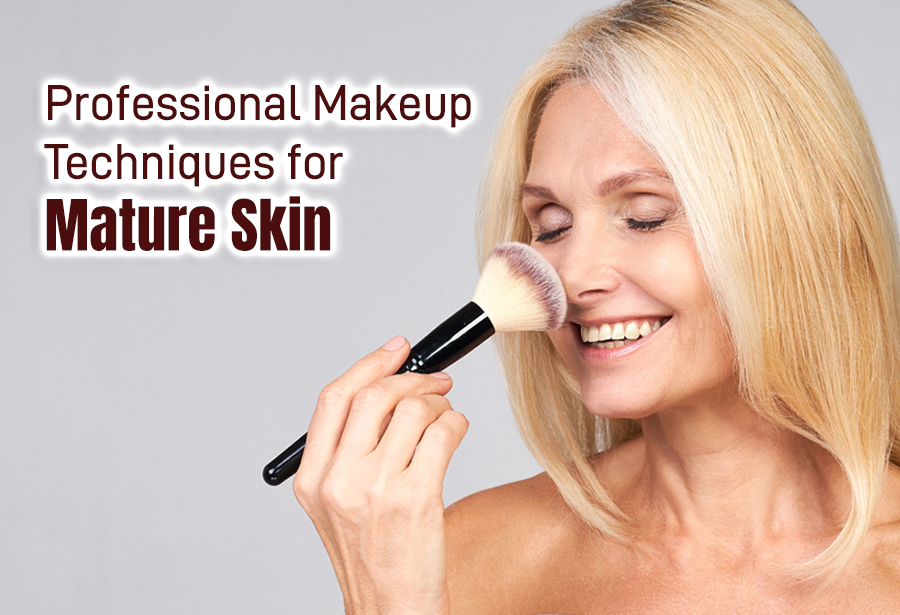
07 Nov Professional Makeup Techniques for Mature Skin
As the skin matures, it undergoes several changes, including a loss of elasticity, fine lines, wrinkles, and changes in texture. For makeup artists, working with mature skin requires specific techniques to create a flattering and radiant look that enhances natural beauty without settling into lines or emphasizing texture.
At Makeup Studio Training Centre (MSTC), we teach our students how to adapt their skills to suit various skin types and conditions. In this blog, we’ll discuss essential makeup techniques for mature skin to help you create a beautiful, age-appropriate look for your clients.
-
Prepping the Skin: Hydration is Key
For mature skin, proper skin preparation is more important than ever. Hydrated, plump skin provides the perfect base for smooth makeup application.
– Moisturizer & Primer: Start with a hydrating moisturizer that suits your client’s skin type. Use a lightweight, nourishing formula to hydrate the skin without feeling heavy. Follow with a smoothing primer to blur fine lines and create a flawless canvas for makeup.
– Serums: For extra hydration, use serums containing hyaluronic acid or vitamin C. These can help plump the skin, brighten the complexion, and even out skin tone.
– Eye Cream: The delicate skin around the eyes is one of the first areas to show signs of aging. Applying a hydrating and firming eye cream before makeup helps minimize the appearance of crow’s feet and puffiness.
-
Choosing the Right Foundation: Light Coverage for a Natural Glow
Heavy, full-coverage foundations can settle into fine lines and emphasize wrinkles. When working with mature skin, it’s best to opt for lightweight, buildable coverage that enhances the complexion without masking it.
– Liquid Foundations: Use a lightweight, hydrating liquid foundation with a dewy or satin finish. Avoid heavy mattifying formulas, as these can make the skin appear dry and emphasize texture.
– Sheer Coverage: Aim for sheer to medium coverage that evens out the skin tone while letting the natural texture of the skin shine through. If more coverage is needed, spot-conceal areas such as age spots or redness rather than layering on foundation.
– Application Technique: Use a damp beauty sponge or stippling brush to apply foundation in light layers. This technique ensures a smooth, airbrushed finish and prevents makeup from settling into fine lines.
-
Concealing with Care: Focus on Problem Areas
When it comes to concealer, less is more with mature skin. Overusing concealer around the eyes or mouth can make wrinkles more pronounced.
– Lightweight Concealer: Opt for a lightweight, hydrating concealer that provides coverage without caking. Creamy, fluid concealers are ideal for mature skin as they blend easily and don’t emphasize fine lines.
– Color Correction: Use a peach or salmon-colored corrector to neutralize dark circles before applying concealer. This helps reduce the need for heavy layers of concealer.
– Gentle Application: Apply concealer sparingly, focusing only on areas where it’s needed, such as under the eyes or around the nose. Blend the concealer well to avoid a cakey finish, and lightly set it with a finely milled translucent powder.
-
Defining the Eyes: Soft and Lifting Techniques
The eye area often experiences the most noticeable signs of aging, such as hooded lids, sagging skin, and fine lines. Using the right eye makeup techniques can help lift and define the eyes without making them look heavy.
– Soft, Neutral Shades: Stick to soft, neutral eyeshadow shades like taupe, mauve, or warm browns. Avoid overly shimmery or glittery eyeshadows, as these can settle into fine lines and make the lids appear more textured.
– Matte Shadows for Definition: Matte eyeshadows work best on mature lids, as they offer definition without drawing attention to creases. Apply a slightly darker shade to the crease to add depth and create a lifting effect.
– Eyeliner: Avoid harsh black eyeliner, which can make the eyes look smaller and more defined. Instead, opt for a soft brown or gray pencil for a more natural and flattering look. For added definition, tightlining (lining the waterline) can make the lashes appear fuller without the heaviness of a bold eyeliner.
– Mascara: Focus on lengthening and separating the lashes with a volumizing mascara. Curling the lashes before applying mascara helps open up the eyes and create a youthful lift.
-
Brows: Natural, Soft, and Well-Defined
As people age, their brows can thin or lose definition. A well-groomed, softly defined brow can do wonders for framing the face and lifting the overall look.
– Fill Sparsely: Use a brow pencil or powder in a shade that matches your client’s natural hair color. Avoid creating harsh, overly defined brows—opt for soft, hair-like strokes to mimic natural brow hairs.
– Focus on Shape: Create a gentle arch to help lift the brow area. Don’t overfill the brows; keeping them slightly lighter can create a softer, more flattering effect.
– Brow Gel: Set the brows with a clear or tinted brow gel to keep them in place and give them a polished finish.
-
Blush and Bronzer: A Youthful Flush
Blush and bronzer can add warmth and color to the face, giving mature skin a healthy, youthful glow. However, it’s important to use the right formulas and application techniques to avoid emphasizing texture.
– Cream Products: Cream blushes and bronzers work beautifully on mature skin as they blend seamlessly into the skin and offer a dewy finish. Avoid powder blushes that can sit on top of the skin and look dry.
– Soft, Warm Shades: Choose warm, natural shades like peach, rose, or soft coral for blush. Avoid overly bright or cool-toned shades that can look harsh.
– Blush Placement: Apply blush to the apples of the cheeks and blend upward toward the temples. This technique helps lift the face and create a youthful flush.
– Bronzer for Warmth: Use a cream or liquid bronzer to warm up the complexion. Apply lightly to the hollows of the cheeks, temples, and jawline for subtle contouring.
-
Lip Color: Hydration and Definition
As lips lose volume and fine lines develop around the mouth, it’s essential to choose lip products that enhance the lips without settling into lines.
– Lip Liner: Use a lip liner to define the lips and prevent lipstick from feathering. Choose a shade that matches your client’s natural lip color or lipstick shade.
– Creamy, Hydrating Lipsticks: Opt for creamy or satin-finish lipsticks rather than matte formulas, which can make the lips appear dry. Hydrating lipsticks with a bit of sheen help create a fuller, more youthful appearance.
– Nude or Soft Shades: Soft, natural lip colors like nude, pink, or mauve shades are ideal for mature clients. These shades add definition without overpowering the face. For a more vibrant look, choose softer versions of red or berry tones.
-
Setting the Makeup: Keep It Light
While setting makeup is important to ensure longevity, over-powdering mature skin can lead to a dry, cakey appearance.
– Use a Fine Setting Powder: Choose a finely milled, translucent setting powder to lightly set the makeup in place without weighing it down. Focus on the T-zone and areas where makeup is more likely to wear off, such as under the eyes and around the mouth.
– Setting Spray: A hydrating setting spray is a great alternative to powder, as it helps lock in the makeup while adding moisture and a dewy finish to the skin.
MSTC: Elevate Your Skills with Advanced Makeup Techniques for All Skin Types
At Makeup Studio Training Centre, we pride ourselves on teaching makeup artists how to tailor their techniques to suit every client’s unique needs. Understanding how to work with mature skin is a vital skill that every professional makeup artist should master. Our courses cover a wide range of techniques, including makeup for different skin types, ages, and occasions.
Join us at MSTC and learn from the best in the industry. Whether you’re a seasoned professional or just starting your journey, we have both basic makeup courses and advance makeup courses that will help you refine your skills and elevate your artistry.



Sorry, the comment form is closed at this time.